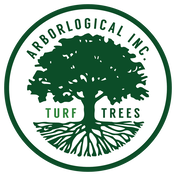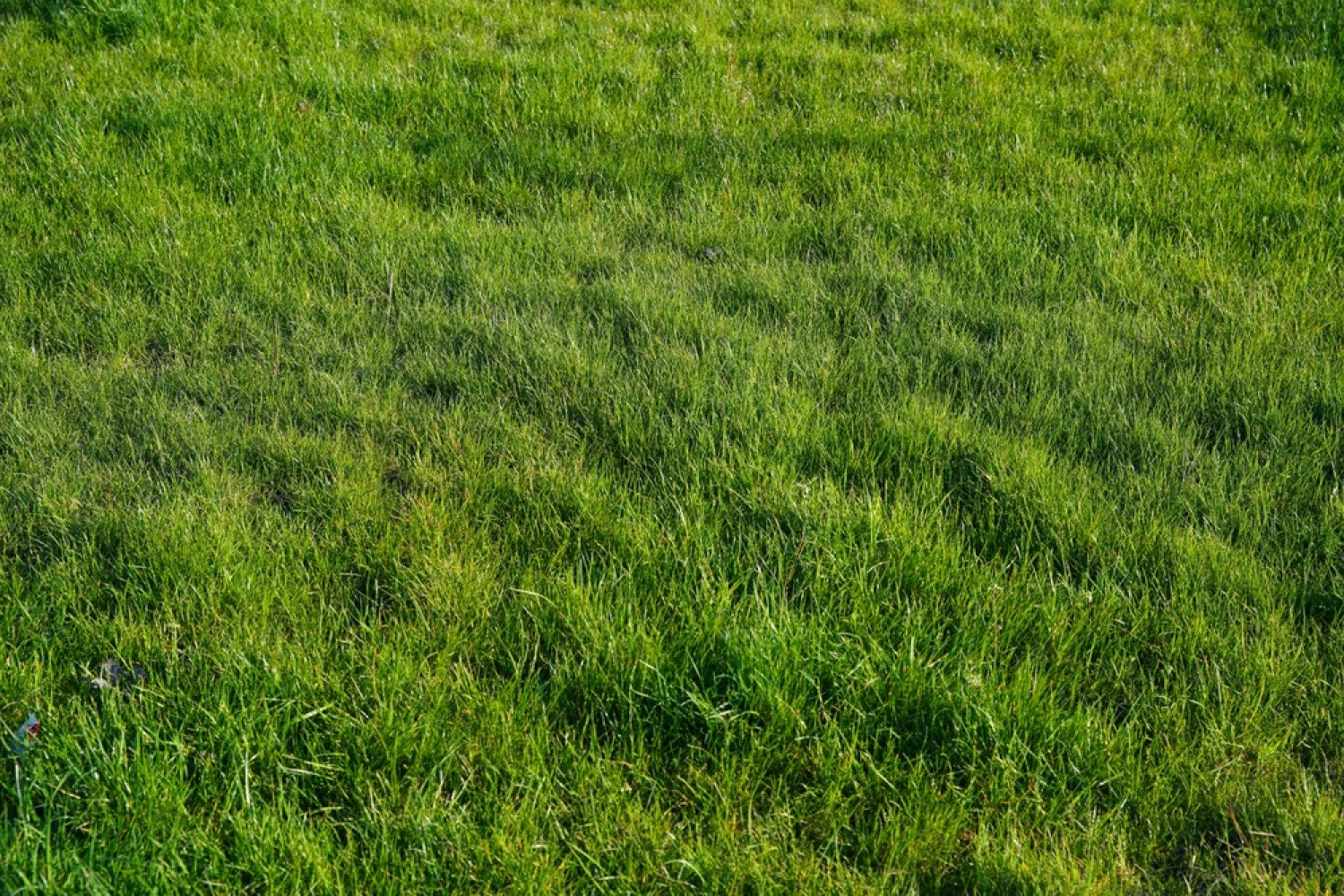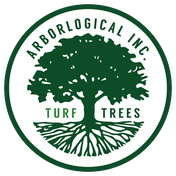

Find a Tree Care Company You Can Trust
We'll Go Out on a Limb for You
Make us your preferred tree care company in Amarillo & Lubbock, TX
Arborlogical is a certified and TCIA accredited tree care company serving Amarillo & Lubbock, TX. We have 23 years of experience providing fast and dependable tree services at the highest level. Whether you need us to remove hazardous tree branches or prevent the spread of disease, we can help strengthen your trees with our proven and effective methods.
Call 806-354-6733 or 806-771-8733 now to speak with our tree care company.
See what we can do for you
Here at Arborlogical, we can complete a wide range of projects for our residential, commercial and municipal clients.
You can depend on us for:
Tree services - including deep root fertilization, tree removal and tree pruning
Shrub services - including shrub trimming, pruning and disease treatment
Lawn services - including lawn seeding, weed control and insect management
We'll make sure that your property is well cared for.
Connect with us soon to schedule shrub, lawn or tree services in Amarillo & Lubbock, TX.
Revitalize Your Struggling Trees With Deep Root Fertilization
Take advantage of our proven and effective tree services


